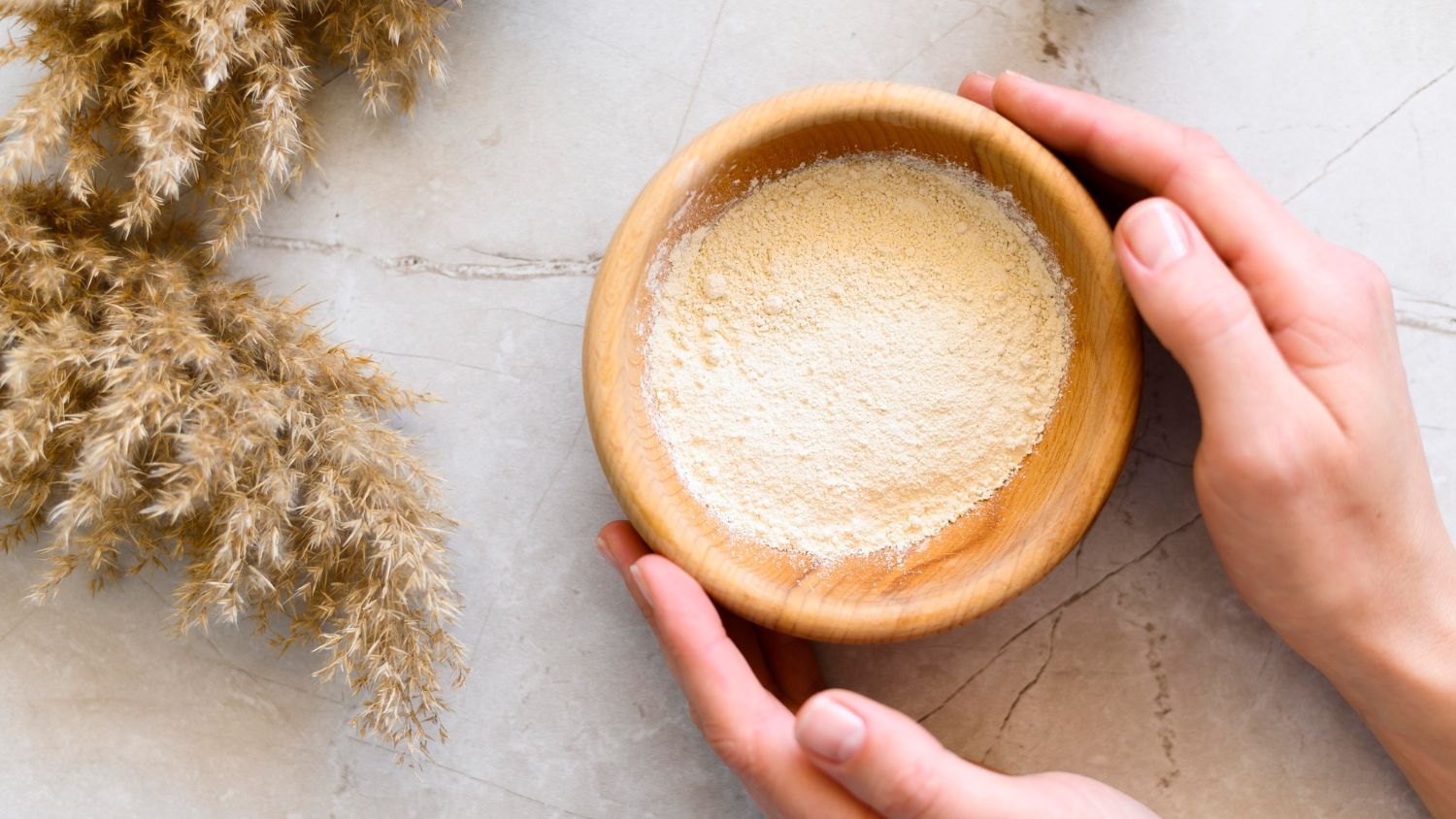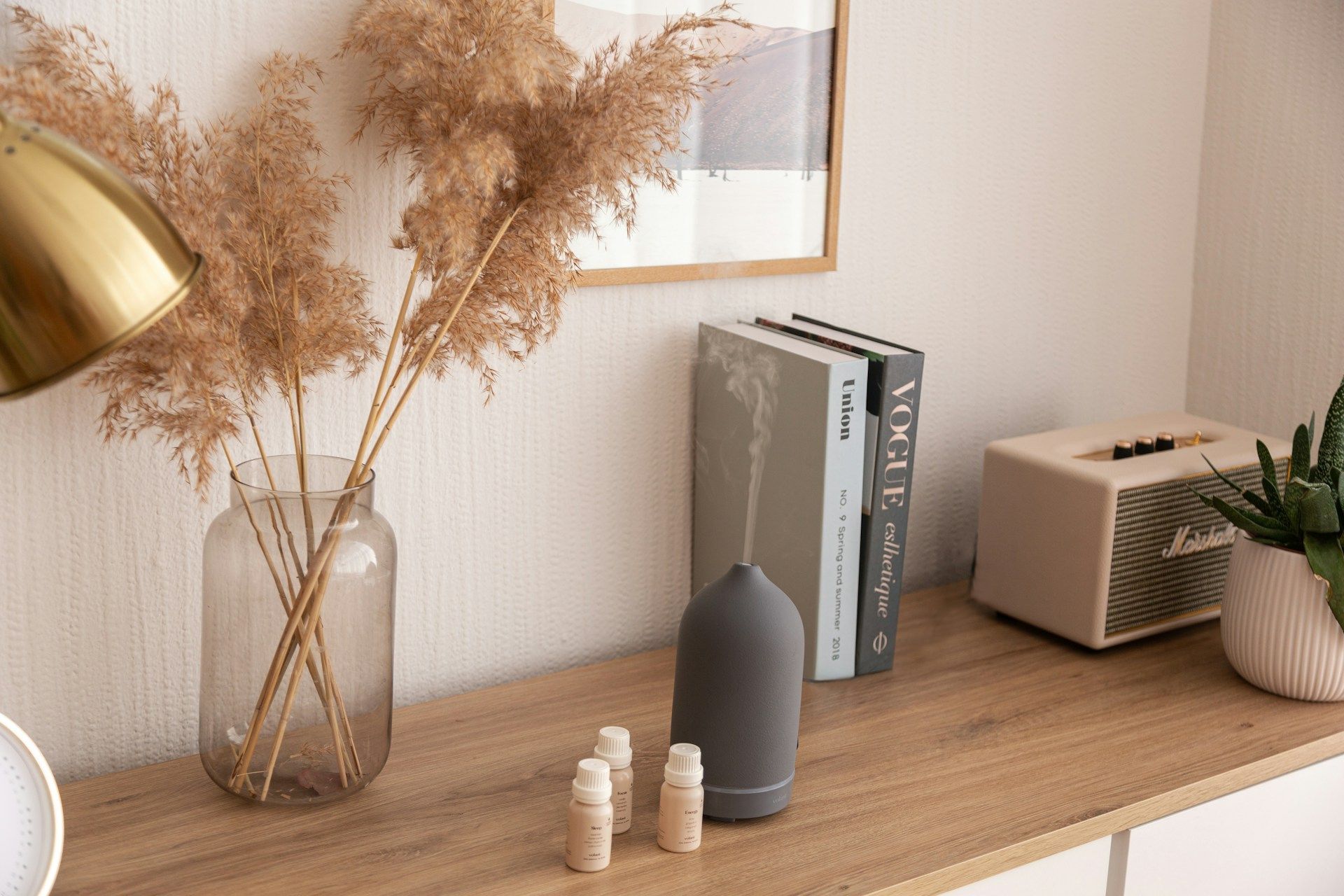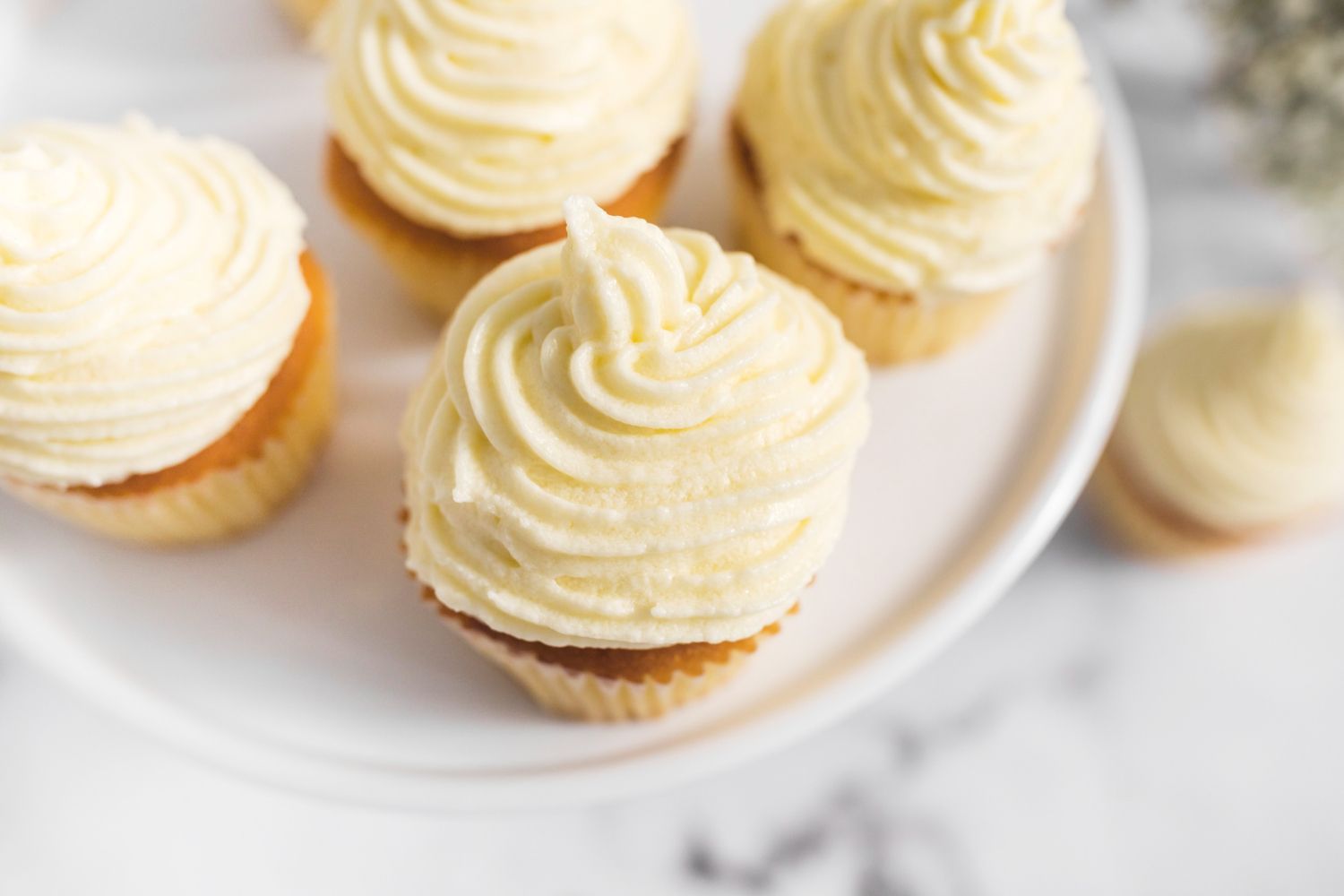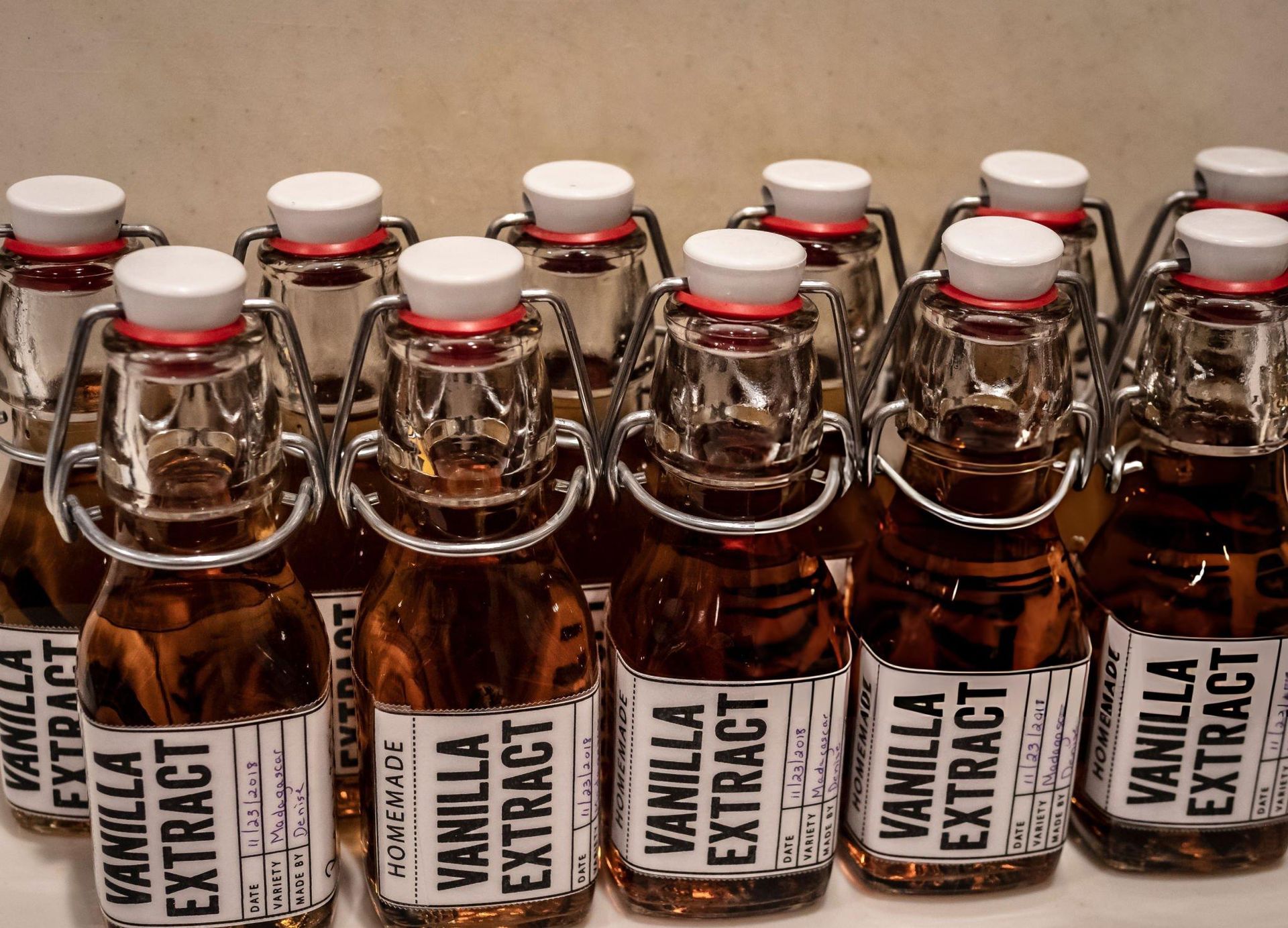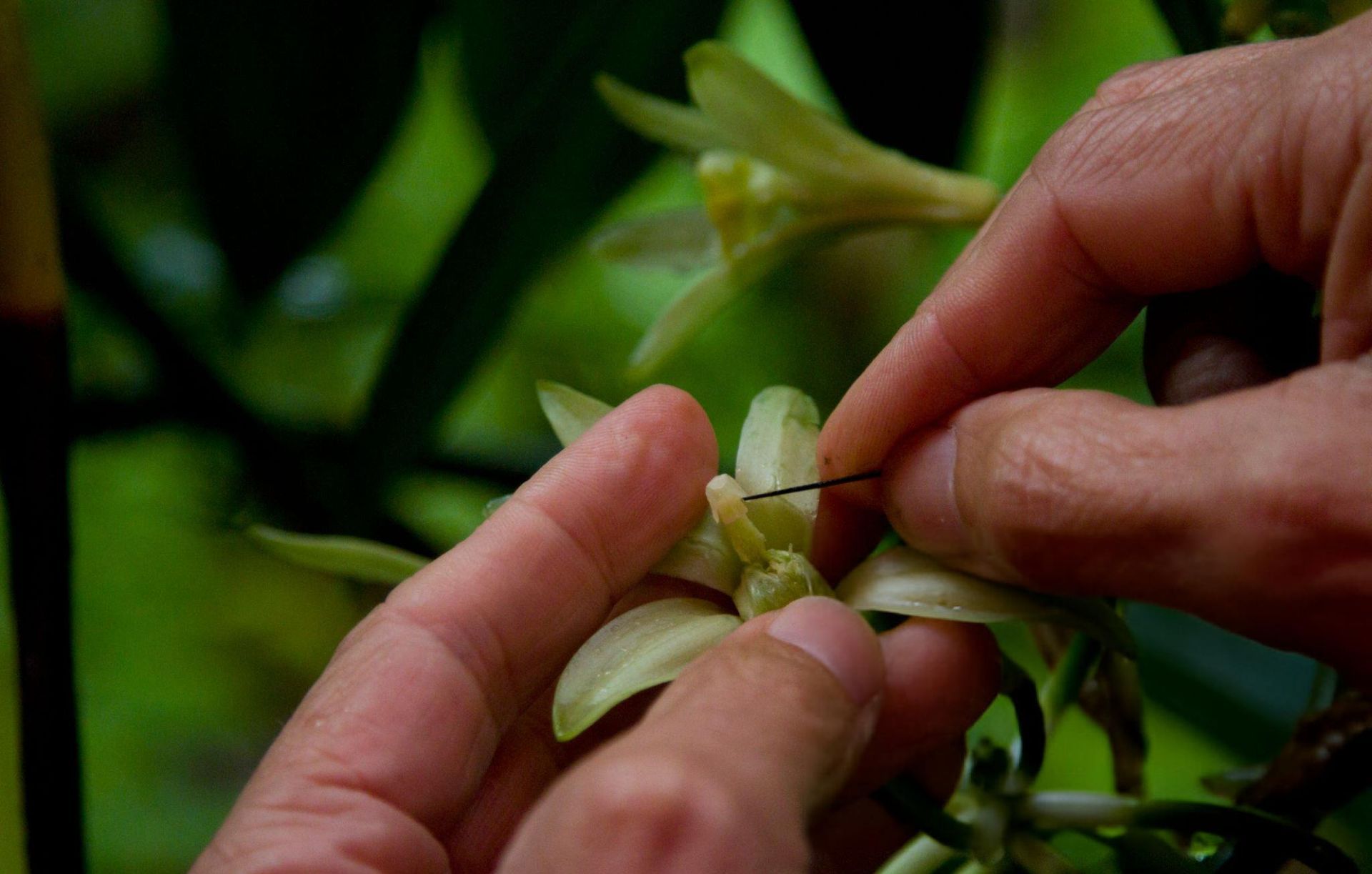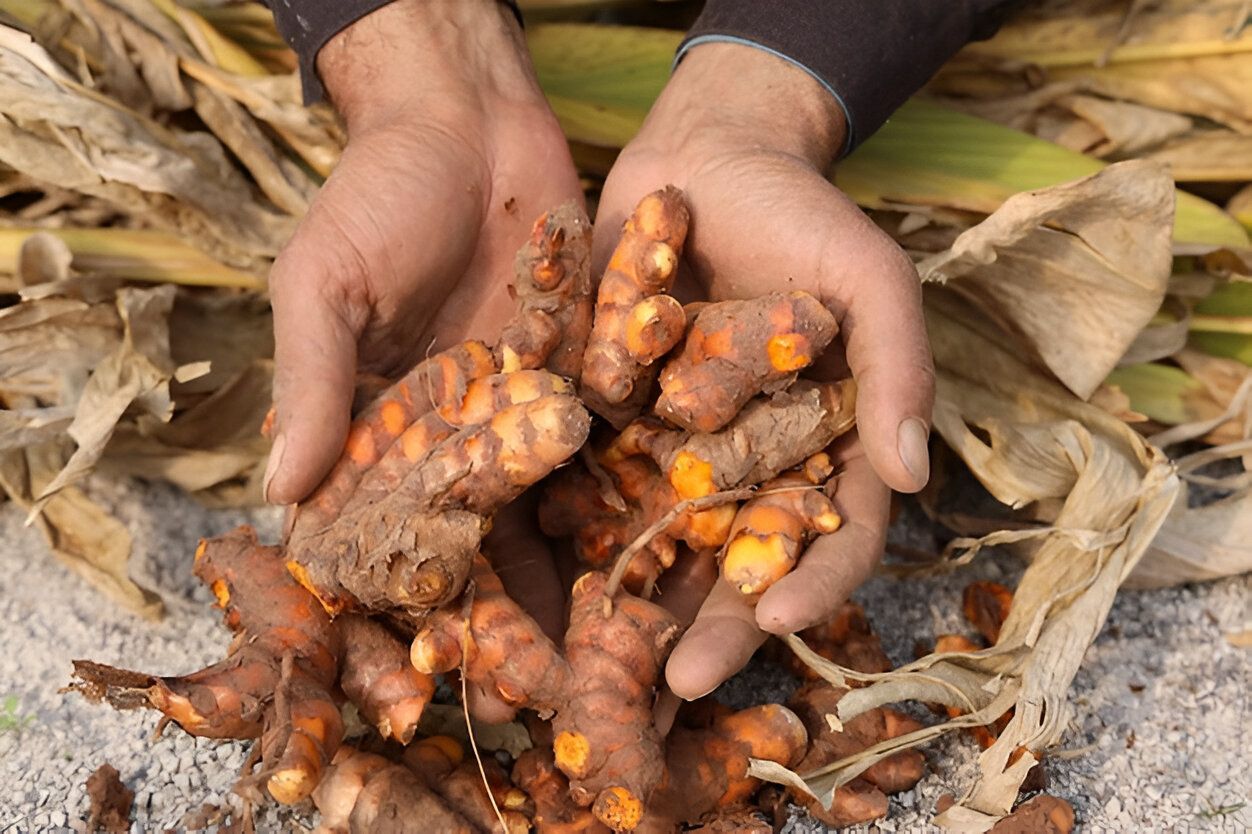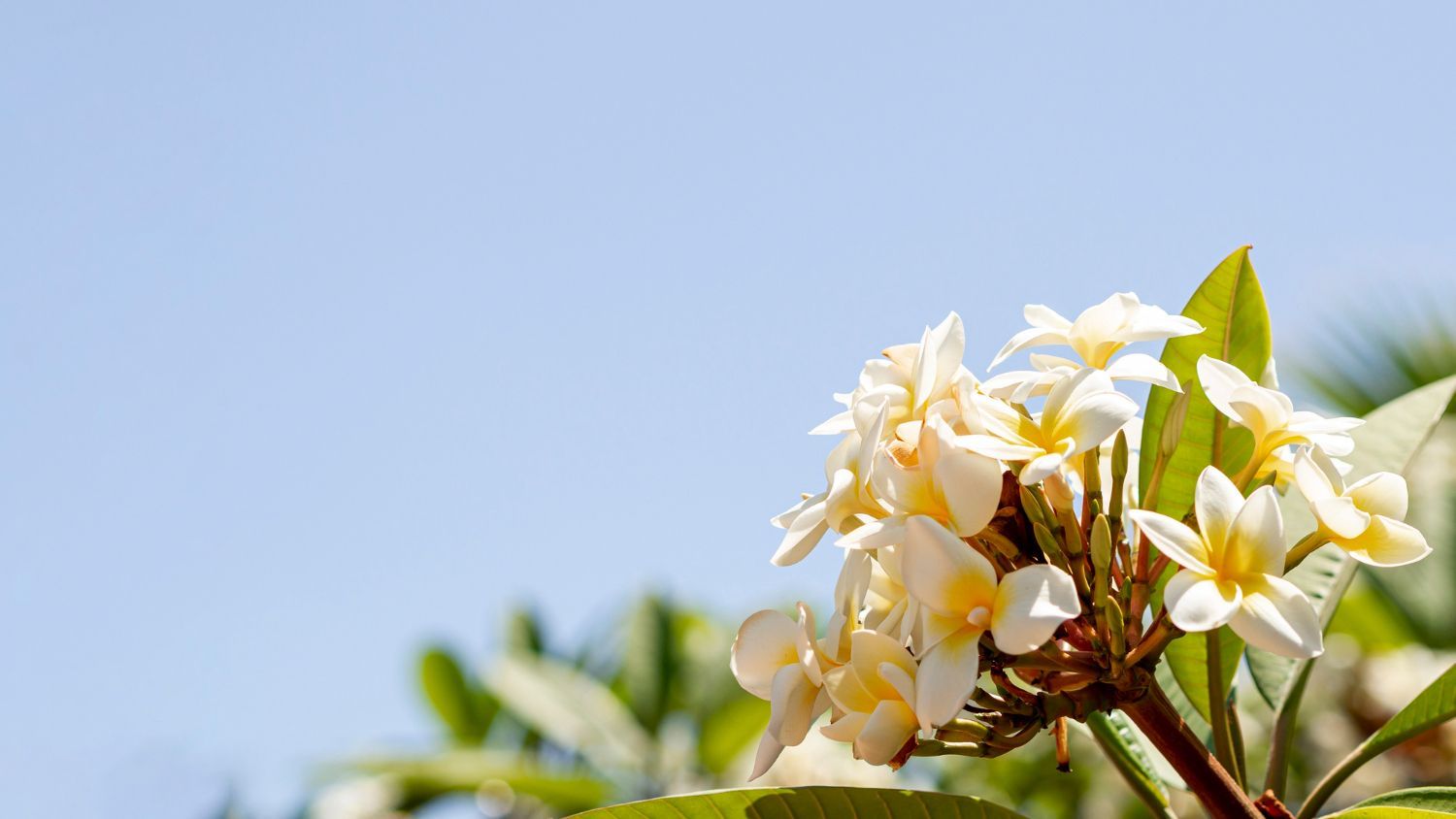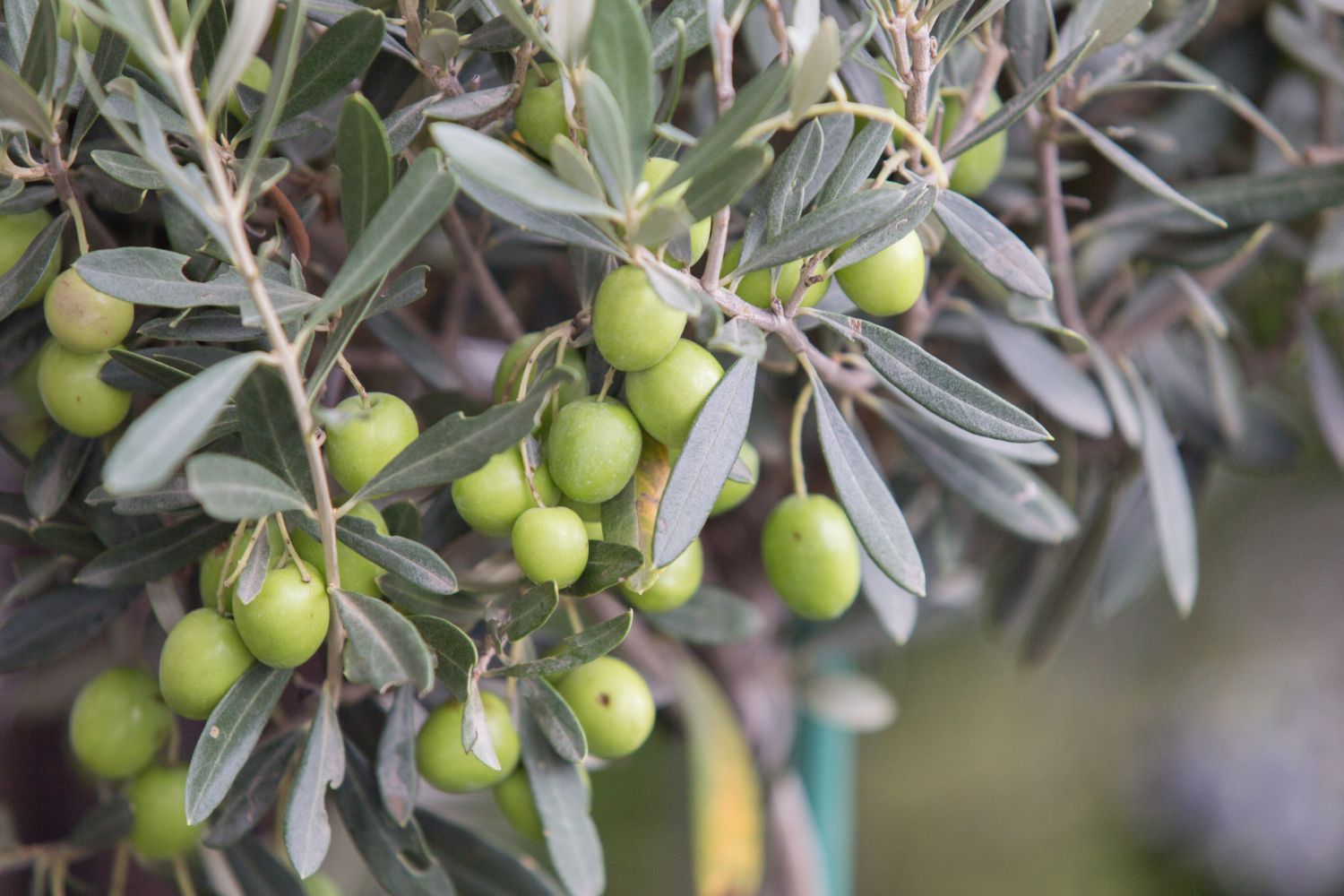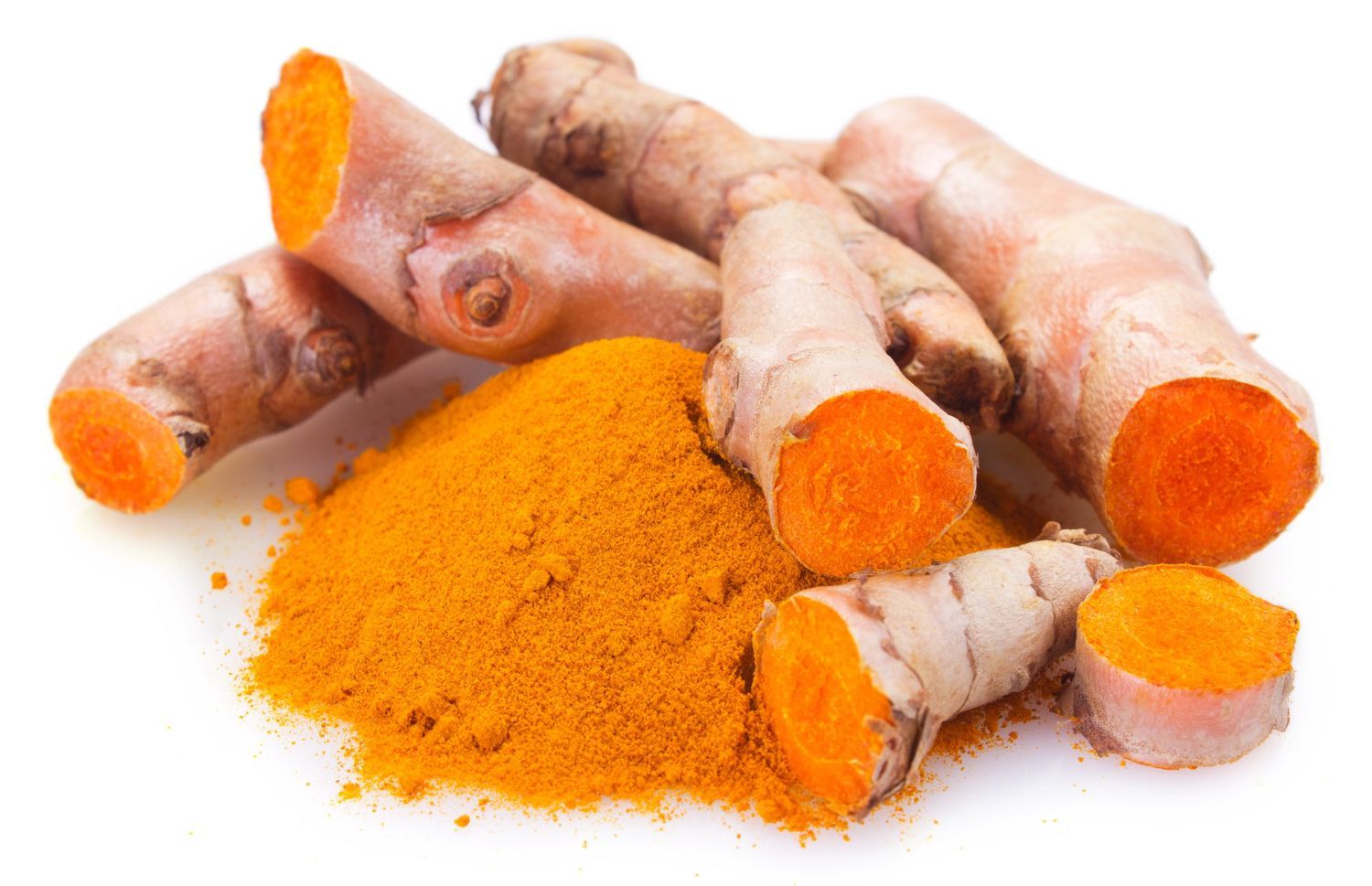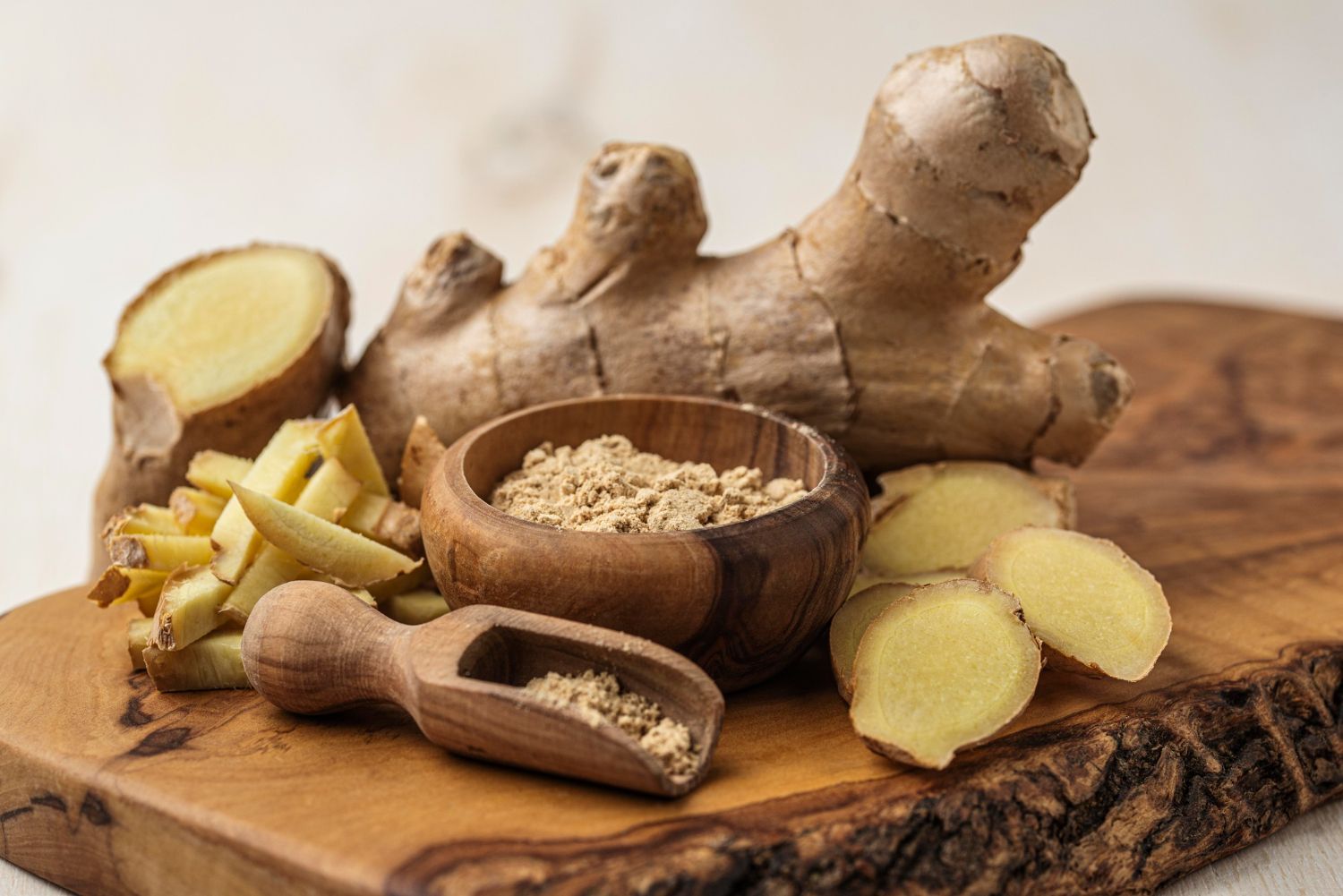Vanilla is more than just a flavor in your favorite ice cream or dessert. It begins its life as a plant, grown with care and dedication. Among the many ways to cultivate vanilla, tissue culture is becoming quite popular. This method grows vanilla plants from tiny cells in a lab setting, offering a consistent and sustainable way to produce these aromatic plants. By growing tissue cultured vanilla plants, you can enjoy the satisfaction of nurturing your very own vanilla right from your home.
Curious about what makes tissue cultured vanilla plants special? They are not just any plants. They’re grown using a scientific process that makes them stronger and more uniform. This means they can adapt better to different environments and are less likely to fall ill. For those who love gardening or want to try something new, starting your journey with tissue cultured vanilla plants can be a fun and rewarding experience.
Understanding Tissue Cultured Vanilla Plants
What Are Tissue Cultured Plants?
Tissue cultured plants might sound like something straight out of a science book, but they're quite simple to understand. Imagine taking just a tiny part of a vanilla plant and growing a whole new plant from it. This part, which could be as small as a few cells, is nurtured in a special lab environment. It's a bit like how a chef might start a soup with just a small piece of stock, letting it grow into something much more over time. These plants are given all the right nutrients and conditions to thrive, turning into a new plant that mirrors the original.
Benefits of Tissue Cultured Vanilla Plants
Tissue cultured vanilla plants come with some great perks:
1. Consistency: Each plant is nearly identical to the others, ensuring that they all grow at a similar rate and quality.
2. Strength: These plants are tougher and better at handling pests and diseases, making them a smart choice for new and seasoned gardeners.
3. Sustainability: Growing plants this way reduces the need for wild harvesting, protecting natural resources and supporting biodiversity.
Growing Tissue Cultured Vanilla Plants at Home
Selecting the Right Environment
Creating the perfect home for your tissue cultured vanilla plant doesn’t have to be complicated. Picture a cozy spot in your home with bright, indirect sunlight. That’s what your vanilla plant will love. Find a place near a window where the sunlight isn’t too harsh. Think of it as setting up a nice lounge area where your plant can relax and soak up the light without getting too hot.
When setting up your plant's new home, it’s also important to pick the right pot. A pot with drainage holes helps prevent water from sitting at the bottom, which can lead to root problems. Use a well-draining potting mix to mimic the tropical environment these plants adore. A mix that holds some moisture but doesn’t get soggy works best.
Next up is watching the temperature and humidity. Vanilla plants prefer a warm, humid atmosphere, around the low 70s to 80s Fahrenheit is ideal. If you are near an AC during summer or heating in winter, make sure the plant isn’t too close, as extreme temperatures might stress it.
Watering and Feeding Tips
Watering can be tricky, but once you get the hang of it, your plant will show its appreciation. Here's a simple guide:
1. Check the soil:
Before adding water, touch the top of the soil. If it feels dry, it’s time to water.
2. Water sparingly: Add water until it starts draining from the bottom, but don’t let it sit in water.
3. Feed modestly: During the growing season, a gentle feed with a balanced plant food every month works well. This gives your vanilla the energy to grow strong without overwhelming it.
Starting your journey with tissue cultured vanilla plants opens up a new world of gardening right at home. With the right environment and care, you’ll soon see your plant thrive, adding beauty and aroma to your daily life.
Common Challenges and How to Overcome Them
When you're growing vanilla at home, you might face a few hiccups along the way. Knowing what to expect can make these challenges easier to handle. One common issue is root rot, which happens when plants sit in waterlogged soil. To avoid this, always use a potting mix that drains well and confirm your pot has drainage holes. Check the soil often, and let it dry out a bit before watering again.
Another challenge is pest control. Small insects like spider mites can sometimes find their way to your vanilla plant. To keep them at bay, regularly check your plant for any signs of trouble, like spots or thinning leaves. If you spot any pests, gently rinse your plant with water or stop by a local gardening store for safe options if needed.
Vanilla plants also love their warmth, so keeping the temperature steady is key. A good spot is one not too close to drafty places or heating vents. If you notice your plant looking a bit droopy or the leaves start changing color, it might be signaling a need for temperature adjustment. Paying attention to these cues helps your vanilla thrive and flourish.
Incorporating Vanilla Plants into Your Garden
Ideal Garden Layouts
Bringing your vanilla plant outdoors can introduce a new dynamic to your garden. Vanilla plants prefer a layout that mimics their natural climbing habitat. Providing a sturdy trellis or creating a vine-like structure will allow them to climb and spread. This setup not only supports plant growth but also adds a vertical element to your garden.
Choose a spot that gets enough sunlight yet provides some shade. This setup mirrors the vanilla plant's natural environment, nestled under larger trees. Consider pairing your vanilla with taller companion plants like ferns or palms, which can offer both support and protection.
Companion Plants for Vanilla
Choosing the right companions for your vanilla plant can support its growth and create a lively garden ecosystem. Here are a few good options:
1. Ferns: With their soft, full leaves, ferns provide the right amount of shade and humidity.
2. Palms: These can offer strong structural support while giving your garden a tropical feel.
3. Bamboo: This fast-growing plant offers shade and a natural windbreak for outdoor gardens.
Seasonal Care Tips
Seasons change, so your care routine should too. During warmer months, vanilla plants may need more water, especially if they’re outdoors. In cooler months, reduce watering since growth tends to slow down. Adding mulch around the base can help retain moisture and control soil temperature.
Take time now and then to prune your plant. Remove dead or yellowing leaves so it stays healthy and keeps growing strong. A little steady attention goes a long way with these plants.
Harvesting and Using Your Vanilla Beans
When and How to Harvest
Once your vanilla plant matures, the exciting part of harvesting begins. Vanilla beans are typically ready when they turn a light yellow at the tips. Hold the vine gently and snip off the beans with care so the plant stays undisturbed. Letting them ripen completely on the plant helps their flavor develop.
After harvesting, get ready for the curing process. Lay the beans out in the sun during the day and wrap them in a cloth at night. Repeat this for several weeks until they turn dark and become soft and flexible. It takes a bit of patience, but it’s worth it.
Simple Ways to Use Your Fresh Vanilla Beans
With your cured beans ready, it's time to enjoy them in the kitchen. Here are a couple of easy ways to use them:
1. Infused sugar:
Slice open the beans and tuck them in a jar of sugar. Over time, you’ll have sweet sugar with a rich vanilla scent.
2. Homemade extract: Drop the beans into a jar of vodka and let them soak. After a few months, you’ll have your own vanilla extract to use in baking.
Celebrate Your Vanilla Harvest and Enhance Your Garden Experience
Growing your own vanilla isn’t just about the beans. It’s about bringing something natural and rewarding into your garden and kitchen. Whether you’re tending the plant indoors or giving it space to climb on your patio, each step adds character to your space and connects you to the process. Your homegrown vanilla adds color, aroma, and delicious flavor to your life—all from a stem you nurtured into something beautiful.
Cultivate your own slice of paradise by
growing vanilla beans in Florida. With Sunshine State Vanilla's guidance, you can transform your garden into a lush haven perfect for these unique tropical plants. Start your vanilla-growing adventure today and bring the beauty and aroma of homegrown vanilla to your space.


